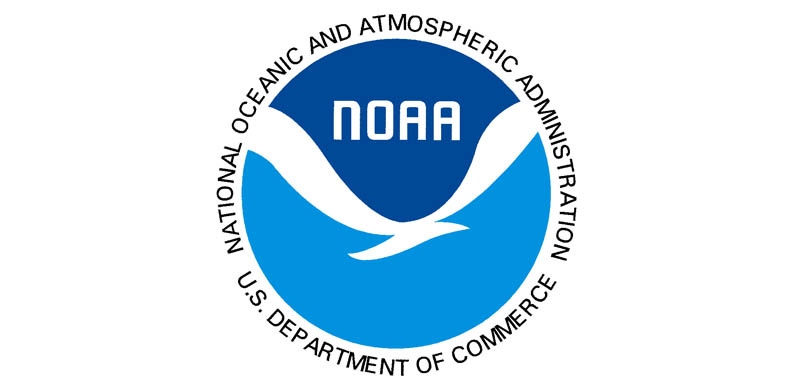
NOAA predicts warmer, drier winter in California
California, Southwest likely to have warmer temperatures and less precipitation than average through February 2011.NOAA says this could exacerbate drought conditions in these areas.All Southern states at risk of above normal wildfire conditions.Pacific Northwest forecast: Colder and wetter than average winter.
October 21, 2010

California and the Southwest will likely have warmer temperatures and less precipitation than average through February 2011, according to the annual Winter Outlook released by the National Oceanic and Atmospheric Administration (NOAA).
The federal agency said this will likely exacerbate drought conditions in these areas. All Southern states are at risk of having above normal wildfire conditions starting this winter and lasting into the spring.
The Pacific Northwest should brace for a colder and wetter than average winter than average through February 2011.
A moderate to strong La Niña will be the dominant climate factor influencing weather across most of the U.S. this winter.
La Niña is associated with cooler than normal water temperatures in the Equatorial Pacific Ocean, unlike El Niño which is associated with warmer than normal water temperatures. Both of these climate phenomena, which typically occur every 2-5 years, influence weather patterns throughout the world and often lead to extreme weather events.
Last winter’s El Niño contributed to record-breaking rain and snowfall leading to severe flooding in some parts of the country, with record heat and drought in other parts of the country. Although La Niña is the opposite of El Niño, it also has the potential to bring weather extremes to parts of the nation.
“La Niña is in place and will strengthen and persist through the winter months, giving us a better understanding of what to expect between December and February,” said Mike Halpert, deputy director of the Climate Prediction Center, a division of the National Weather Service.
“This is a good time for people to review the outlook and begin preparing for what winter may have in store.”
“Other climate factors will play a role in the winter weather at times across the country,” Halpert said. “Some of these factors, such as the North Atlantic Oscillation, are difficult to predict more than one to two weeks in advance. The NAO adds uncertainty to the forecast in the Northeast and Mid-Atlantic portions of the country.”
Other regional highlights include:
Northern Plains: Colder and wetter than average. Likely to see increased storminess and flooding;
Southern Plains, Gulf Coast States, and Southeast: Warmer and drier than average. This will likely exacerbate drought conditions in these areas. All southern states are at risk of having above normal wildfire conditions starting this winter and lasting into the spring;
Florida: Drier than average, with an equal chance for above-, near-, or below-normal temperatures. Above normal wildfire conditions;
Ohio and Tennessee Valleys: Warmer and wetter than average. Likely to see increased storminess and flooding;
Northeast and Mid-Atlantic: Equal chances for above-, near-, or below-normal temperatures and precipitation;
Central U.S.: Equal chances of above-near-or below normal temperatures and precipitation;
Hawaii: Drier than normal through November, then wetter than normal December through February. Statewide, the current drought is expected to continue through the winter, with several locations remaining on track to become the driest year on record;
Alaska: Odds favor colder than average temperatures with equal chances of above or below normal precipitation;
This seasonal outlook does not project where and when snowstorms may hit or total seasonal snowfall accumulations. Snow forecasts are dependent upon winter storms, which are generally not predictable more than several days in advance.
NOAA's National Weather Service is the primary source of weather data, forecasts, and warnings for the United States and its territories.
For more information, visit www.weather.gov.
You May Also Like



